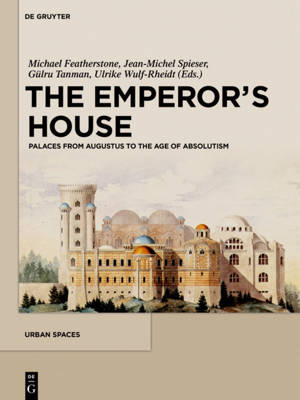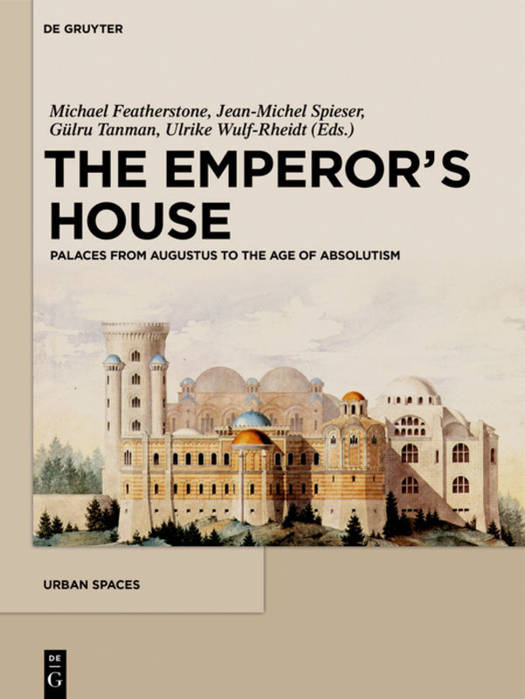
- Retrait gratuit dans votre magasin Club
- 7.000.000 titres dans notre catalogue
- Payer en toute sécurité
- Toujours un magasin près de chez vous
- Retrait gratuit dans votre magasin Club
- 7.000.0000 titres dans notre catalogue
- Payer en toute sécurité
- Toujours un magasin près de chez vous
Description
Evolving from a patrician domus, the emperor's residence on the Palatine became the centre of the state administration. Elaborate ceremonial regulated access to the imperial family, creating a system of privilege which strengthened the centralised power. Constantine followed the same model in his new capital, under a Christian veneer. The divine attributes of the imperial office were refashioned, with the emperor as God's representative. The palace was an imitation of heaven.
Following the loss of the empire in the West and the Near East, the Palace in Constantinople was preserved - subject to the transition from Late Antique to Mediaeval conditions - until the Fourth Crusade, attracting the attention of Visgothic, Lombard, Merovingian, Carolingian, Norman and Muslim rulers. Renaissance princes later drew inspiration for their residences directly from ancient ruins and Roman literature, but there was also contact with the Late Byzantine court. Finally, in the age of Absolutism the palace became again an instrument of power in vast centralised states, with renewed interest in Roman and Byzantine ceremonial.
Spanning the broadest chronological and geographical limits of the Roman imperial tradition, from the Principate to the Ottoman empire, the papers in the volume treat various aspects of palace architecture, art and ceremonial.
Spécifications
Parties prenantes
- Editeur:
Contenu
- Nombre de pages :
- 432
- Langue:
- Allemand
- Collection :
- Tome:
- n° 4
Caractéristiques
- EAN:
- 9783110331639
- Date de parution :
- 28-08-15
- Format:
- Livre relié
- Format numérique:
- Genaaid
- Dimensions :
- 218 mm x 284 mm
- Poids :
- 1995 g

Les avis
Nous publions uniquement les avis qui respectent les conditions requises. Consultez nos conditions pour les avis.





